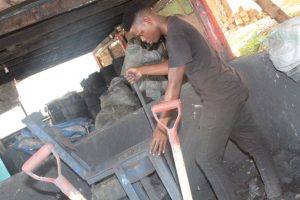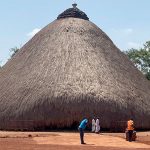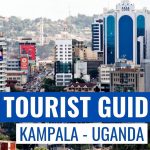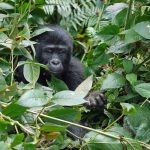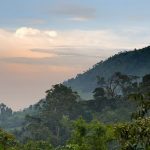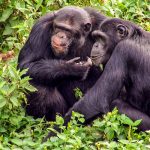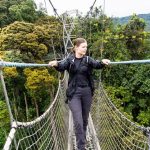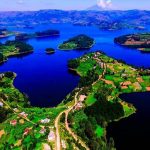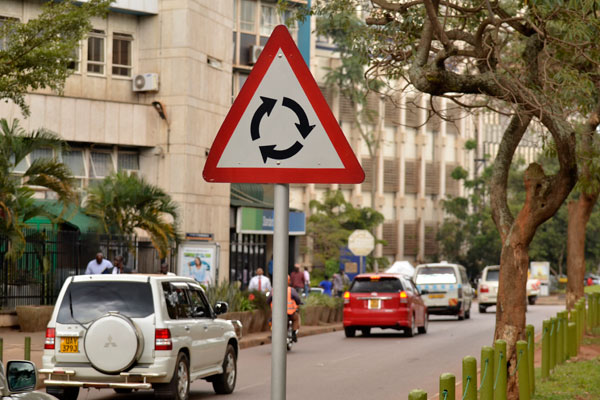Born and raised in Uganda, Solome Nanvule was once a teenage mother, deserted and abandoned by family and friends. Life as we know it, offered her a second chance through Fr. Reinard Pelletier whom she met in 1986 when she was studying at St. Theresa Mitala Maria primary school where he was the Parish priest of Mitala Maria- he paid her school fees from primary to university.
Raised by a single mother, Nanvule lived a poverty striken life since her and her siblings had to look food for survival. Since Fr. Pelletier had enrolled her in the boarding section she would get food and be cared for hence she was able to send some of her pocket money to her mother. This money was used to pay rent for her family and also as a supplement to her siblings’ school dues.
Nanvule got pregnant at 19 years of age after university at Makerere and her mother was furious at her because this would squander any chances of her going to Canada for the World Youth Day celebrations which she was to attend after she had been identified to attend by Fr. Pelletier.
Nanvule with children at the home. Picture: PTMOF
Nanvule with children at the home.
Picture: PTMOF
She later started an organisation called Pelletier Teenage Mothers Foundation [PTMOF] in memory of Fr. Pelletier who stood by her even after she got pregnant at an early age. “Fr. Pelletier requested me to visit some of the girls he had helped. Most of them had dropped out of school and had become mothers,” she added.
It’s after seeing the crude, undesired, and hostile life that the girls back at home were going through that she decided to start PTMOF. She started right from a friend’s garage in Nansana, Wakiso district where she started with five teenage mothers who she taught how to make beads. She later moved the project to a house she had built for her late mother in Nansana West Zone II.
“I was a young mother, and I know what it means to be a young mother- victimised by society, disregarded by friends and family. I have a passion for young mothers,” she commented.
fw001px
Tailoring at the home.
Making beads was the primary job done by the girls until they included bakery and tailoring to the extent of building a local bakery at the home. With the money she earns from ‘kyeyo’ in Canada, Nanvule managed to purchase sewing machines and salon equipment for the different projects at the teenage mothers home.
Teenage mothers in the home salon. Picture: PTMOF
Teenage mothers in the home salon.
Picture: PTMOF
According to Nanvule, over 50 mothers have in the past years benefited from the projects seeing that most of them are now doing private businesses as salon owners or operators of small bakeries. According to her, giving the teenage girls a second chance after they have been abandoned is not only uplifting but also life changing.
“Despite my past, I am a professional social worker with two degrees, and married with two awesome children just because I was given a second chance- we all need it.”
At the moment, Pelletier Teenage Mothers Foundation has acquired land and they are looking to build a 4 storey vocational institute, complete with housing facilities for young mothers and their children, a health centre with a midwife, a babies home, a nursery school, an emergency shelter, and administration.
The plan for the new home. Credit: PTMOF
The plan for the new home.
Credit: PTMOF
A group photo with some of the teenage mothers at the home.
A group photo with some of the teenage mothers at the home.
Bobi Wine will also be present for their first fundraising dinner.
Bobi Wine will also be present for their first fundraising dinner.

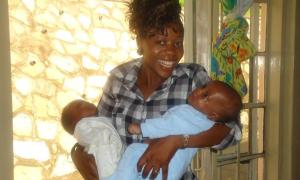
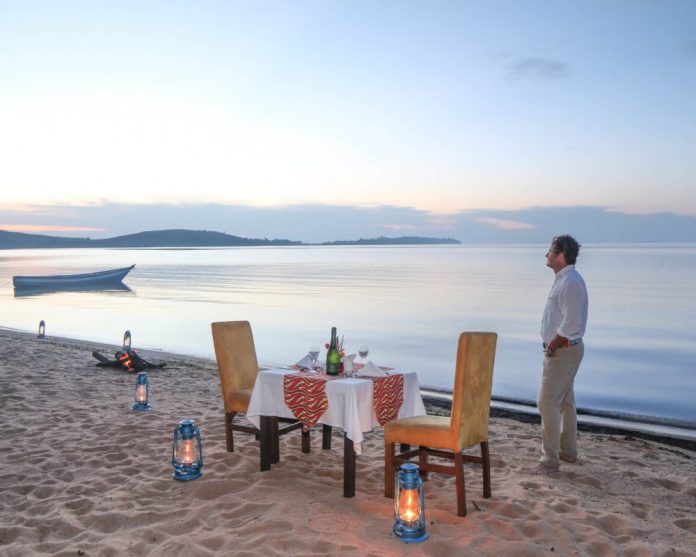
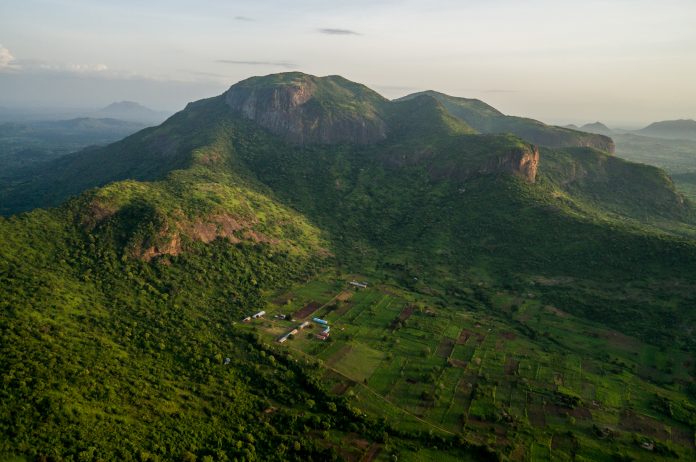
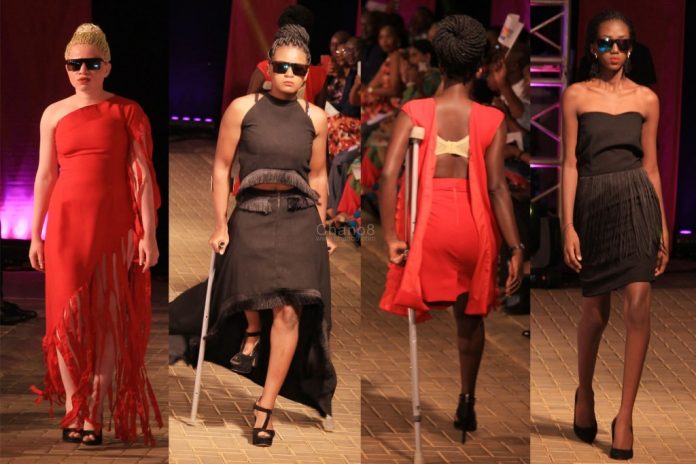
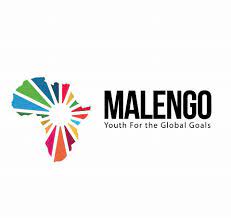
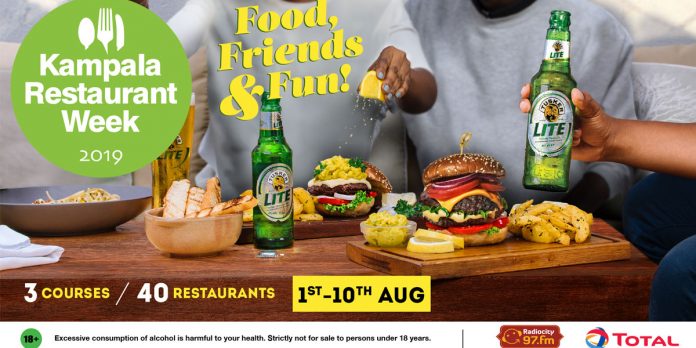
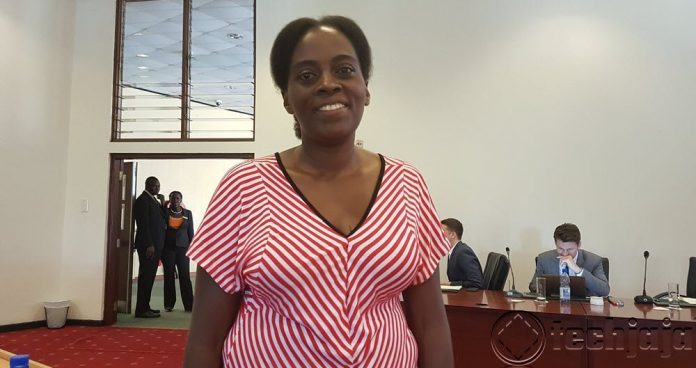
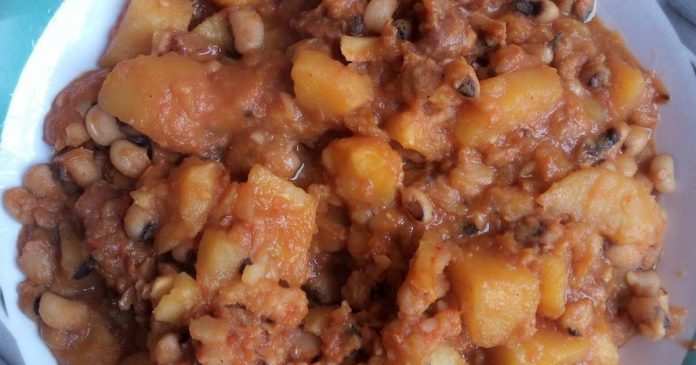
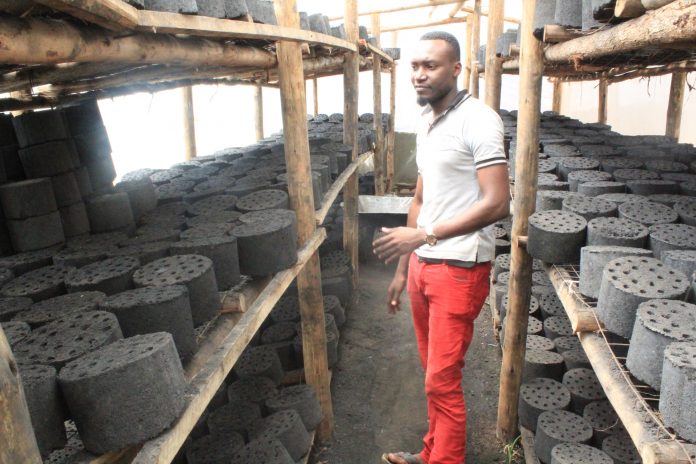
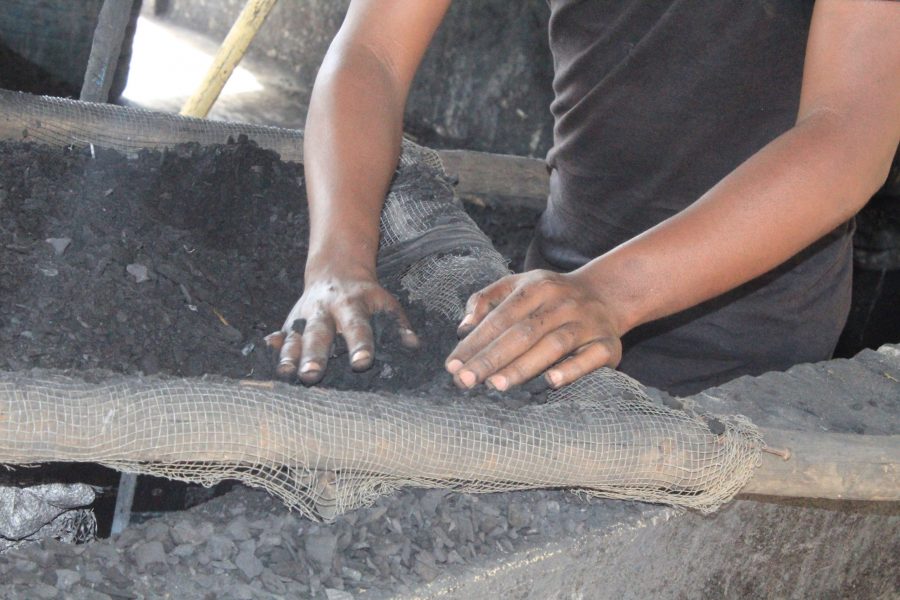 Calvin’s workmate sieving the raw material in the workshop
Calvin’s workmate sieving the raw material in the workshop